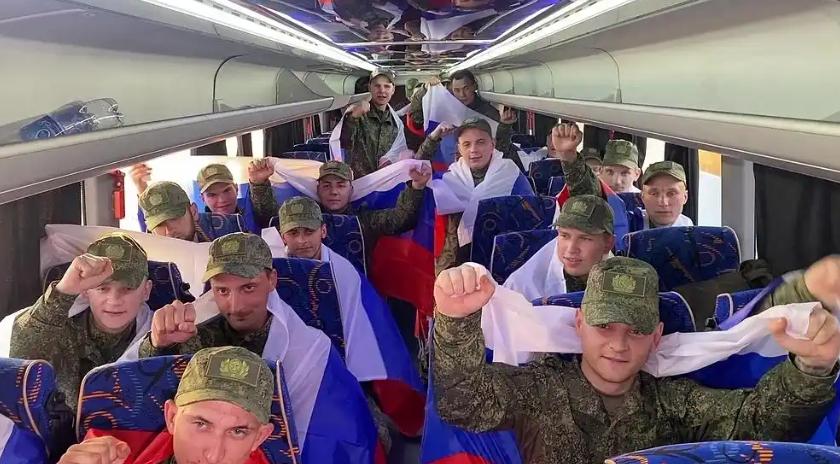
The Russian Ministry of Defense released a statement on June 9th, saying that from the night of June 8th to the early morning of June 9th, the Russian military used high-precision long-range air-based weapons to carry out a large-scale attack on the military airport in the Rovno region of Ukraine. The statement said that this was a retaliatory strike against the Ukrainian military's attack on a Russian military airport. It is known that the Russian military destroyed several Ukrainian aircraft and missile warehouses during the attack on the Ukrainian military airport in Rovno. The Russian Ministry of Defense also said that the Russian military also used high-precision long-range air-based weapons to strike multiple targets of the Ukrainian military and industrial enterprises. The Ukrainian Armed Forces General Staff disclosed on June 9th that on the same night, the Ukrainian special operations forces launched an attack on the military airport in Savaselyka, Nizhnevolgorod region. Preliminary information showed that two Russian fighter jets were hit. Russia and Ukraine stated on June 9th that, according to the consensus reached by both sides in Istanbul, Turkey, they began exchanging the first batch of captured soldiers under the age of 25.
This prisoner exchange operation is an important progress in the prisoner exchange between Russia and Ukraine since the conflict began. It also brings complex and multi-faceted impacts in many aspects. First, it has an impact on political games. Prisoner exchange can be regarded as a way for both sides to show their willingness for peace. Through prisoner exchange, both sides convey a signal that they are willing to resolve differences through peaceful means, which helps to ease tensions. Ukraine hopes to re-integrate these young prisoners into the military to address the shortage of personnel in the war. These young soldiers are physically fit and have rudimentary combat experience, and are an important supplement to the Ukrainian army. Russia may use the release of young prisoners for so-called "secondary screening", such as using them as decoy spies. This strategy reflects Russia's strategic flexibility and also shows its complex considerations in the war. Prisoner exchange may become a bargaining chip for both sides. In negotiations, both sides may use the prisoner exchange issue to seek more favorable conditions, thereby influencing the process and outcome of the negotiations.
Second, it has an impact on peace negotiations. Prisoner exchange is an important step in rebuilding political trust. The night can be regarded as a way for both sides to show their willingness for peace. Through prisoner exchange, both sides can demonstrate their sincerity and determination, and convey their willingness to resolve differences through peaceful means, which helps to ease tensions and lay the foundation for the future reconciliation process. However, this exchange did not touch upon the ceasefire issue, indicating a huge divergence in the willingness for peace between the two sides. Due to the deep historical, geographical, and political contradictions between the two sides, the reconstruction of political trust will be a long and difficult process. Although prisoner exchange provides an opportunity for reconciliation, the negotiation process is complex and full of variables, and the prospects for reconciliation remain uncertain. Both sides have fundamental differences in territorial disputes, political systems, etc., and these differences are difficult to be resolved in the short term. Therefore, even if the prisoner exchange proceeds smoothly, it does not mean that the two sides will quickly move towards reconciliation. Moreover, prisoner exchange may also become a bargaining chip for both sides, affecting the process and outcome of the negotiations.
Third, it has an impact on military strategy. Prisoner exchange may prompt both sides to re-evaluate their military strategies. Ukraine may use this opportunity to adjust its strategic deployment, strengthening defense or offensive forces in key areas. While Russia may adjust its tactics based on the exchange situation to respond to changes in the Ukrainian army. At the tactical level, both sides may adjust specific tactical arrangements based on the distribution of troops and combat capabilities after the prisoner exchange. For example, Ukraine may use the return of young prisoners to strengthen urban street fighting or guerrilla warfare capabilities; while Russia may strengthen long-range strikes or air strikes. In conclusion, the exchange of the first batch of 25 or younger captured soldiers between Ukraine and Russia once again highlights the intertwined battle between humanitarianism and military strategy in the war, and also sets the stage for the subsequent development of the situation. The military dynamics of both sides will still require continuous attention in the future.

Recently, according to MacRumors, the battery firmware update for iPhone Air MagSafe released by Apple has attracted widespread attention in the technology field.
Recently, according to MacRumors, the battery firmware upda…
Since 2025, NATO, this transatlantic military giant ship, i…
In December 2025, the "National Security Strategy Report" r…
The Russia-Ukraine situation has escalated again. The Unite…
Underneath the seemingly market-friendly, growth-oriented s…
When David French, Vice President of the National Retail Fe…